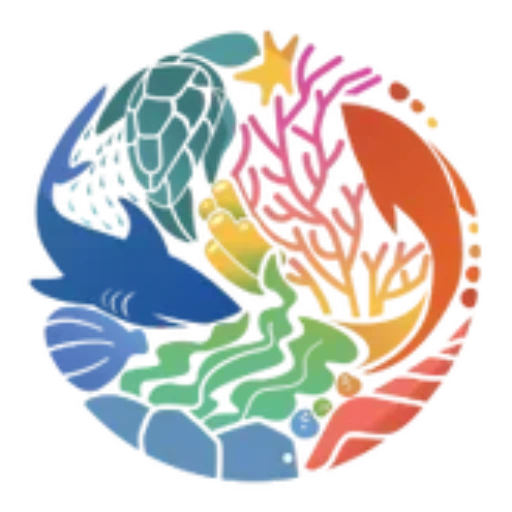Why this site?
The northern Portuguese continental margin is incised by several submarine canyons that have been identified as suitable and potentially important habitats for vulnerable deep-sea species. Whereas the Nazare canyon, partially because of its large size, has been the focus of previous research projects, minor canyons, such as the Porto and Aveiro canyon systems, remain mostly unexplored, which hampers the development and implementation of management and conservation frameworks. There is a need to link deep-sea research with fisheries to map biodiversity and design Area-Based Management Tools (ABMTs), and it is crucial to understand the impact of ABMTs on the fishing activity. Recognizing the views of fishers and other stakeholders is essential for designing ecologically sound, just, and equitable solutions to reduce pressures from human activities.


